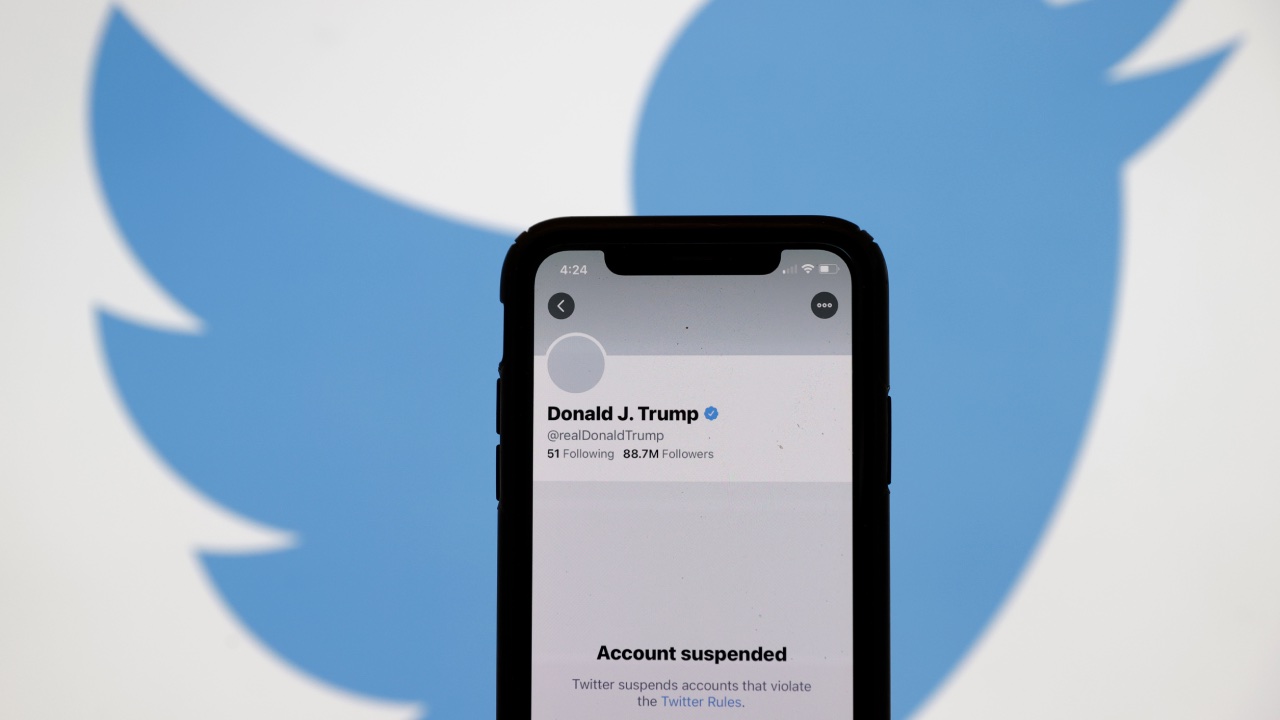Can an algorithm assess Trump’s control over discourse?

Controversial former US president Donald Trump will always be remembered for his prolific and volatile twitter presence, but it’s difficult to assess, on the basis of a social media site with billions of tweets and users, how much influence these messages have actually had on public opinion.
To find out, researchers have conducted a computational analysis of the many phrases found in Trump’s tweets between 2016 and 2021, looking for answers about how powerful the former president’s influence was over public narratives at that time.
The study, led by Peter Dodds of the University of Vermont, Burlington, US, is published today in PLOS ONE.
The researchers developed a novel computational method for analysing tweets in order to build timelines of stories on a given subject. They analysed all tweets related to Trump spanning the five-year study period, applying their algorithms to measure the temporal dynamics – the fluctuating relevance over time – of stories, as represented by words or short phrases, like “Hillary” and “travel ban”.
They noted that the turbulence of a story – how quickly it declined in dominance as new stories arose – varied over time and by topic. Trump’s first year in office, 2017, was the most turbulent, with a myriad of dominant stories like “Russia” and “Comey”.
Turbulence declined in 2018 onwards, with stories enduring for longer periods, including 2018’s “Mueller” and 2020’s “Covid-19”. Turbulence spiked with 2020’s Black Lives Matter protests, the 2020 election and 2021’s Capitol riot.
“In 2020, story turbulence around Trump exploded with the start of the COVID-19 pandemic, the murder of George Floyd, and the presidential election,” the authors write, “but also ground to a halt as these stories dominated for long stretches.”
So, what does this all mean? The persistence of some stories over others could suggest higher social relevance, and, crucially, the authors note their technique as a way of measuring the zeitgeist and its attitudes over time in a large-scale, systematic way, with implications for recorded history, journalism, economics and more.
The researchers say their analysis was also able to measure how much Trump controlled the narrative of each story, based on how much his tweets were retweeted, with his tweets about “Fake news” and “Minneapolis” retweeted far more than those about “coronavirus” and “Jeffrey Epstein”, for example. However, retweets may not be a measure of influence so much as a measure of social relevance; people tend to share posts about issues they care about the most, and may still implicitly agree with Trump’s many other narratives.
It’s also worth noting that twitter is not a microcosm of real life; the site’s most vocal users are often particularly political and engaged either in very left-wing or right-wing narratives, and users are also of a narrower age bracket than the general public.
Image credits: Getty Images
This article was originally published on cosmosmagazine.com and was written by Cosmos.
